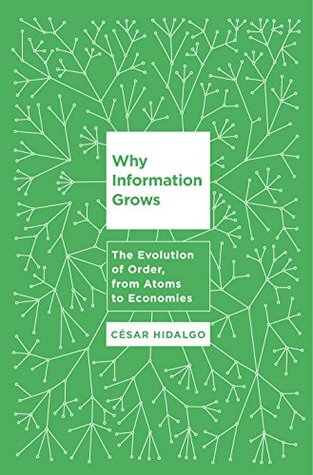More on this book
Community
Kindle Notes & Highlights
Life is a consequence of the ability of matter to compute.
one lesson to remember is that there is a relationship between the size of a productive network and the volume of knowledge and knowhow it can embody, with larger networks being able to embody larger volumes of knowledge and knowhow, all else being equal. Second, our ability to weave large networks depends on the costs of establishing links, with cheaper links favoring the creation of the large networks needed to amass large volumes of knowledge and knowhow.
Social networks provide the underlying “grid” that constrains the formation of professional networks. That’s one of the reasons Granovetter talks about the economy as a system being embedded in social networks.
The French computer industry is just one of the many examples illustrating that “cultures in which the primary avenue toward sociability is family and kinship have a great deal of trouble creating large, durable economic organizations, and therefore look to the state to initiate and support them.”22
First, when it comes to size, we saw that the ability of societies to grow large networks is connected to the level of trust of the underlying society.
Second, when it comes to the composition of networks, we saw that social institutions and preexisting social networks affect the composition of the professional networks we form in two important ways. On
Finally, social networks and institutions are also known to affect the adaptability of firms and networks of firms.
This relationship helps explain the structure and evolution of our planet’s industrial structures. The personbyte theory implies that (1) simpler economic activities will be more ubiquitous, (2) that diversified economies will be the only ones capable of executing complex economic activities, (3) that countries will diversify toward related products, and (4) that over the long run a region’s level of income will approach the complexity of its economy, which we can approximate by looking at the


